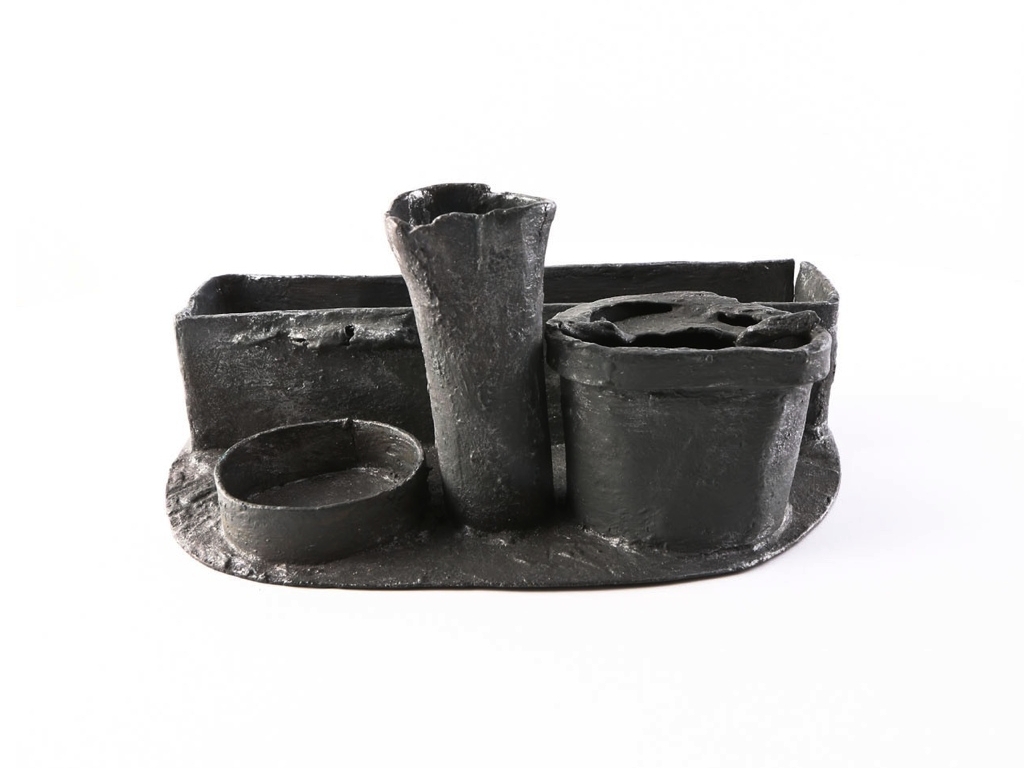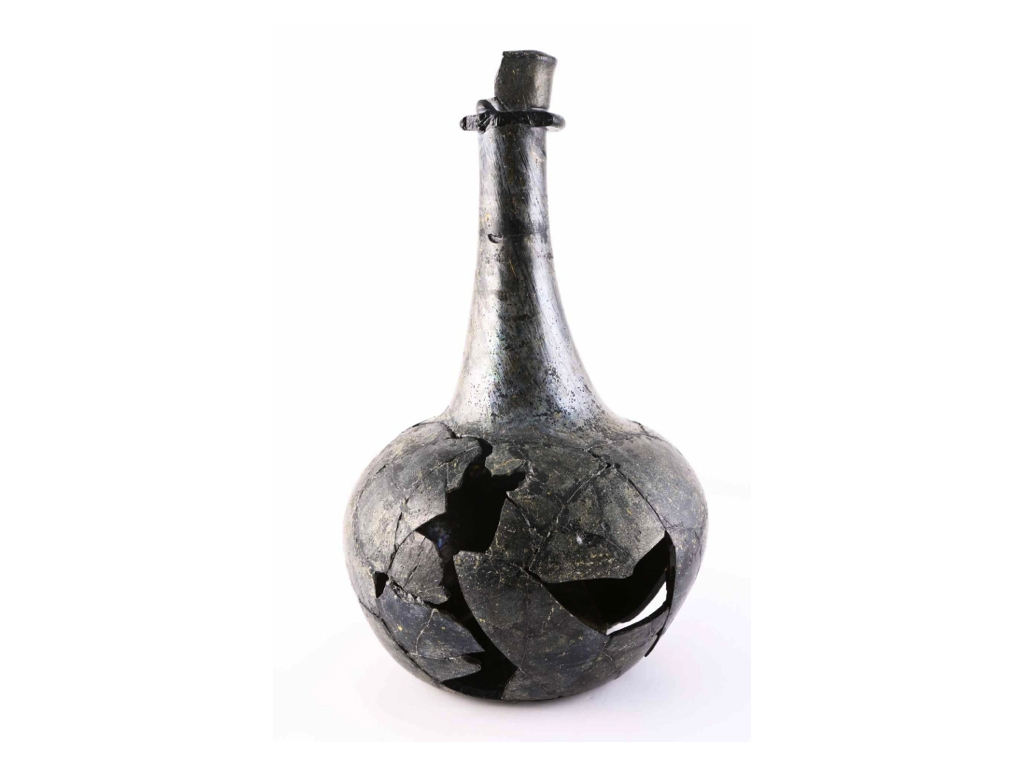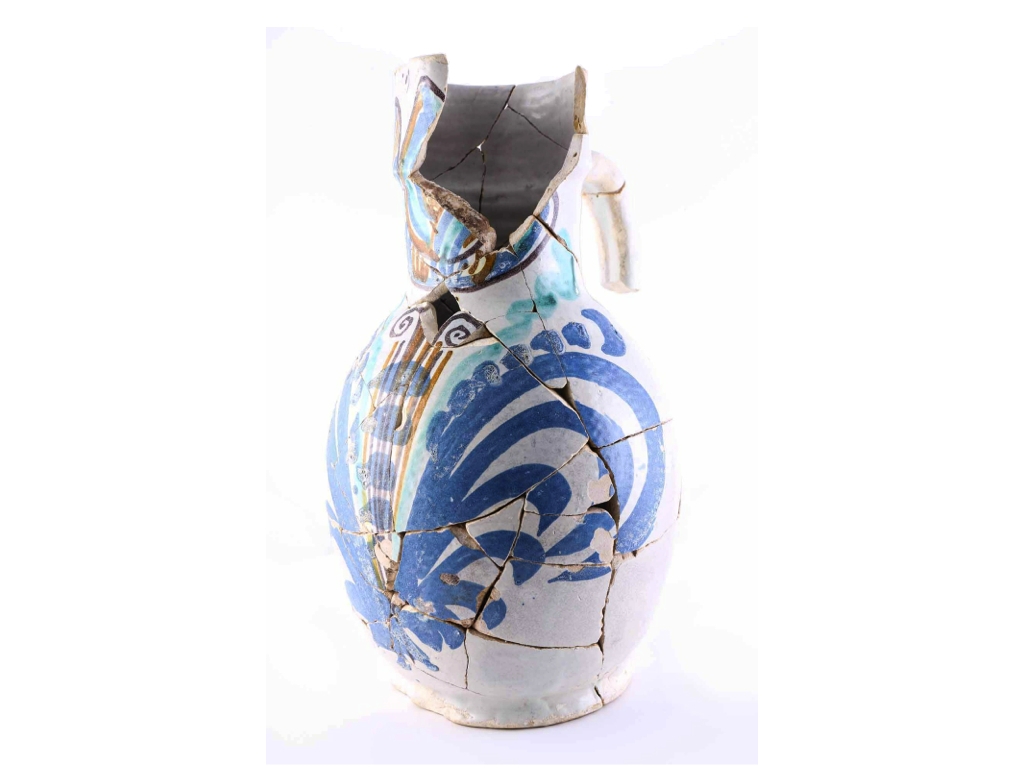Birthplace of French America.
Place-Royale is one of the most eloquent witnesses to Québec’s French origins. This lively public square was the city’s commercial hub until the mid-19th century. Hundreds of thousands of people visit it each year to experience the faithfully recreated atmosphere of New France. But can you tell what is real and what is illusion in this historical gem?
The French character of Place-Royale
The Place-Royale you see now looks a lot like what was called Place du Marché from 1725 to 1750. It’s all there—a dense configuration of two- and three-storey stone houses with fire walls, wide chimneys, gable roofs, and small-paned windows—except that half the buildings were completely rebuilt between 1960 and 1980. The other half were partially renovated over the same period.
Those in charge of this major restoration project got it right by bringing back Place-Royale’s historic charm. After all, this is where it all began, when Samuel de Champlain built his first “abitation.” Archaeological digs have uncovered vestiges of the structure, whose outline you can see in grey on the ground near the church.
A public square with a commercial vocation
In the 17th century the public square was already an important business centre. The city’s wealthiest merchants lived there, and some opened stores. It was here that the town crier made announcements and municipal ordinances were posted, since most residents lived nearby, at the foot of Cape Diamond. A weekly public market was also held there.
In 1682 after a major fire, the authorities required that owners rebuild their homes in stone, in the style you see today. Four years later, Intendant Champigny decided the location was perfect for creating a royal square as per Louis XIV’s wishes, so he had a bust of the Sun King erected. But the intendant’s initiative was challenged by merchants, who complained that the monument was disrupting traffic. The intendant soon had it removed.
Place du Marché then remained the city’s main business centre and prestigious residential address until the end of the French Regime.
Gradual transformation of the site
In 1759 the site was severely damaged in the siege of Québec. After the city was captured by the British, the buildings were quickly rebuilt exactly as before and the square was once again lively and animated.
Over the years, and with the growth of the population, commercial activity extended to other parts of town. Two neighbouring markets soon rivalled the square in importance, including the Champlain market housed in a large stone building on rue du Cul-de-Sac. Many wealthy property owners moved to Upper Town to escape the infectious diseases that came ashore with ships from Europe.
At the turn of the 20th century, brick buildings appeared and floors were added to various stone houses. A modern, five-storey hotel even opened for business. In the 1930s a new bust of Louis XIV was installed, but this did nothing to address the neighbourhood’s rapidly growing poverty. The square had become a mere shadow of its former self.
A major revitalization project
An extensive project to redevelop Place-Royale was started in the late 1950s. The authority on the matter at the time was French architect Viollet-le-Duc, who maintained that restoration is a “means to restore to a finished state a building that may in fact never have actually existed at any given time.” The objective was therefore to create beauty while remaining faithful to history.
Half of Place-Royale was restored based on this principle. It is the part most reminiscent of New France, all in stone, on the river side. But the vision was soon challenged, and later work was more in keeping with how the architecture had evolved over time, in accordance with the principles of restoration that prevail today. That is why the buildings on the cliff side show British influences, notably in the use of brick.
Place-Royale today
Today Place-Royale provides a comprehensive picture of the site’s rich history. Some of the buildings are evocative of the New France period, while others reflect the British influences, and the recent glass and steel structures represent 21st-century trends.
Related medias
Artifact

Inkwell found at the site of Champlain’s second residence. Ministère de la Culture et des communications archeological collection.

Bottle found at the site of Place-Royale. Ministère de la Culture et des communications archeological collection.

Carafe found at the site of Place-Royale. Ministère de la Culture et des communications archeological collection.
Old pictures